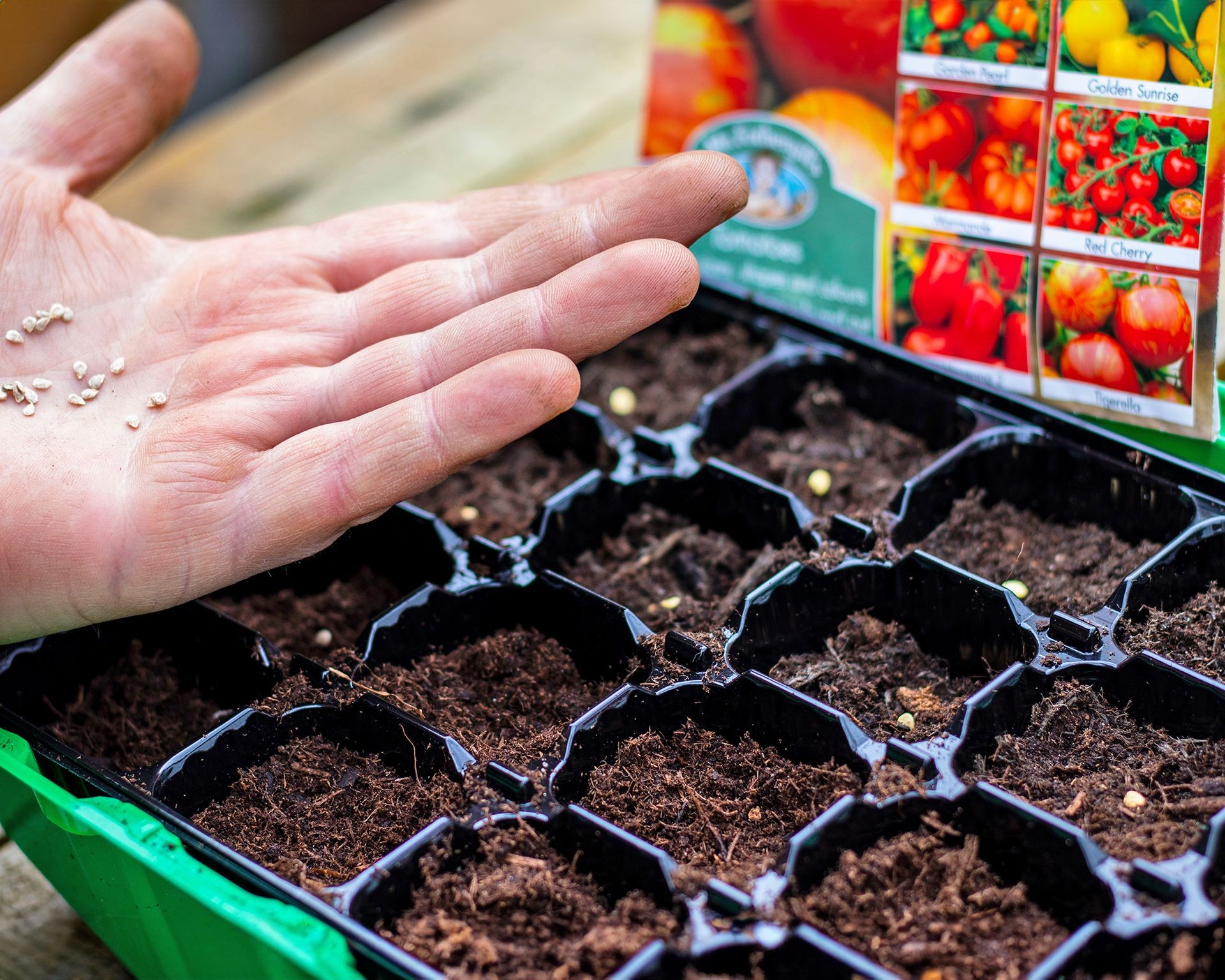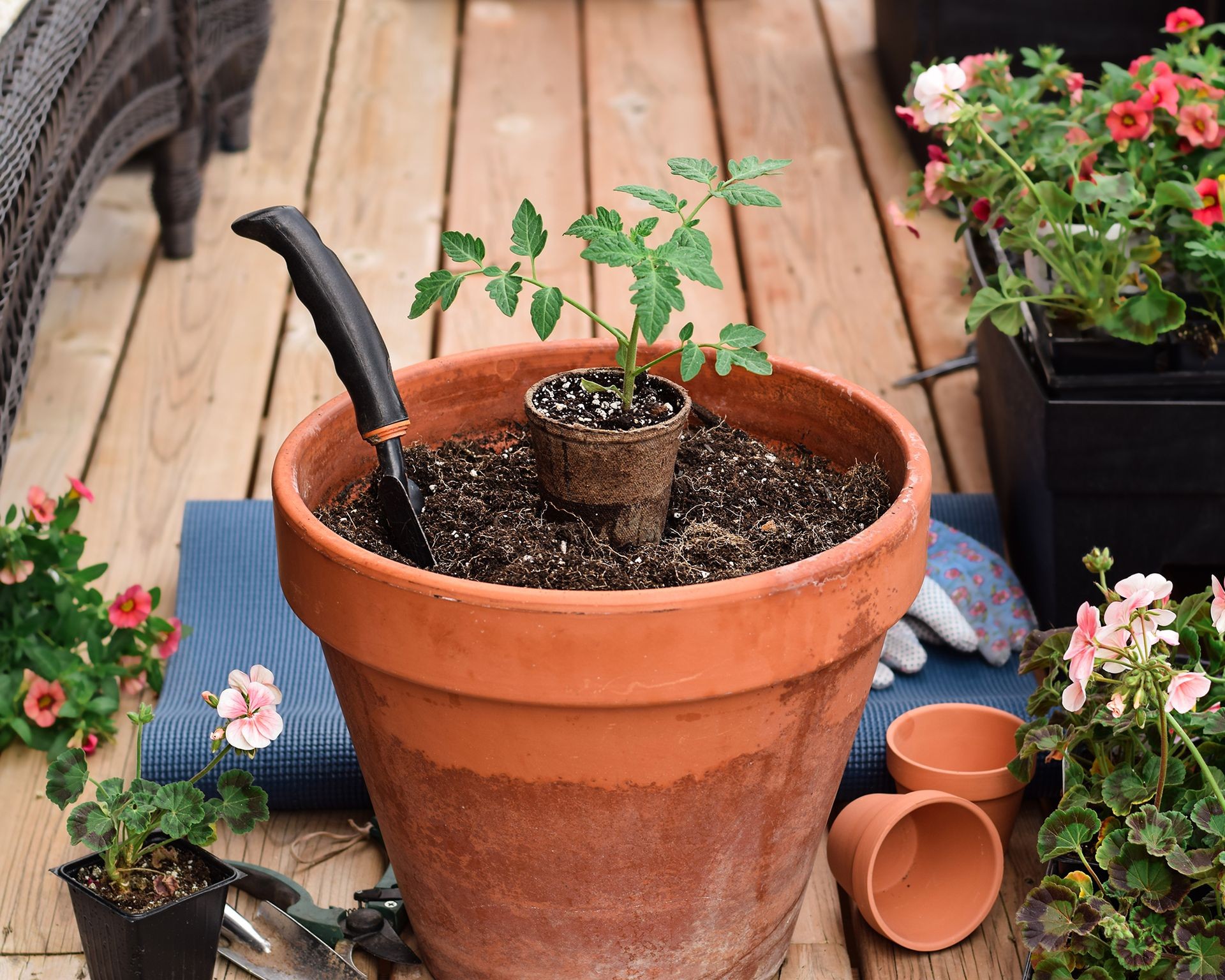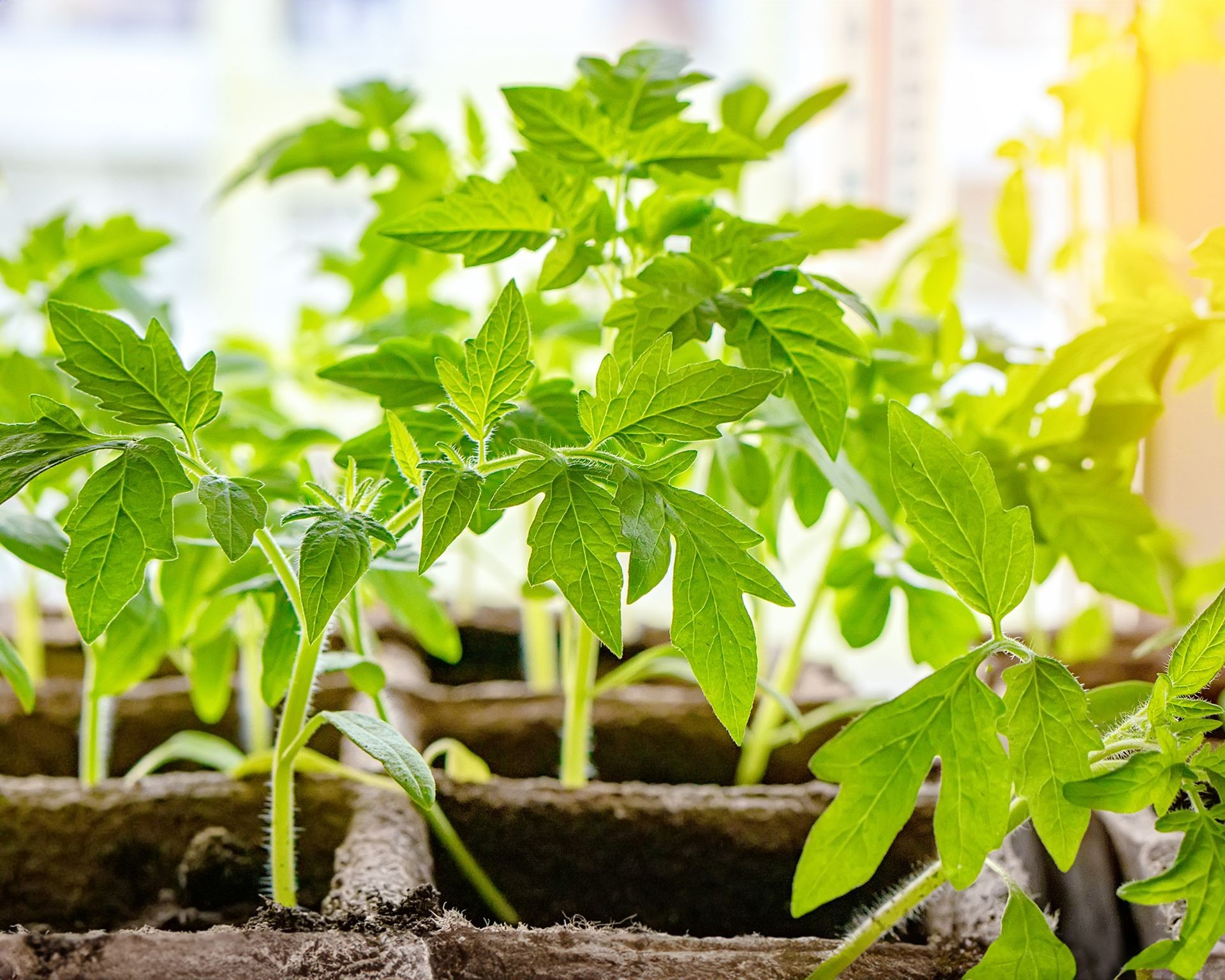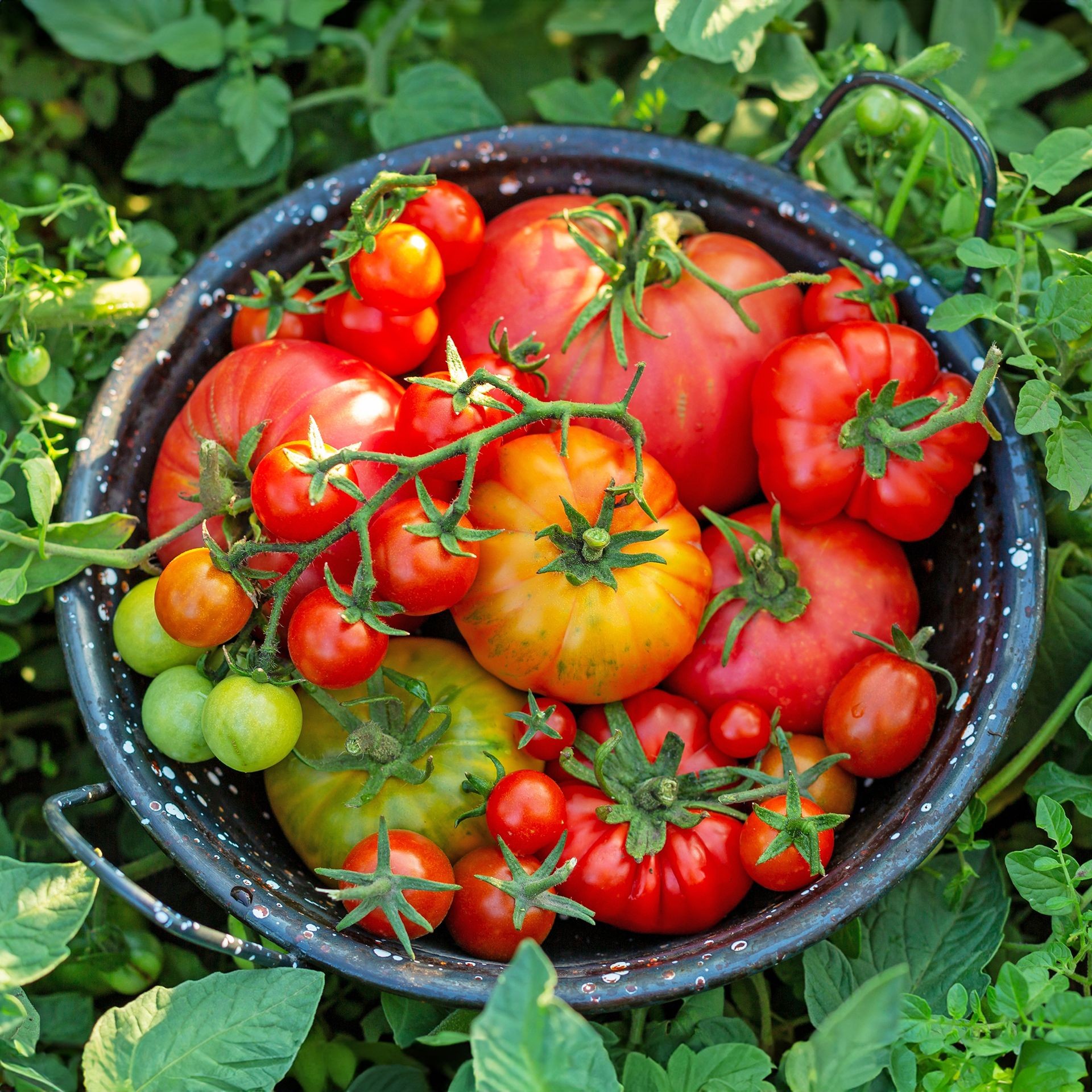No products in the cart.
NEWS
The Expert Guide: Knowing Exactly When to Plant Tomatoes for Maximum Yield
Achieving a bumper crop of delicious, homegrown tomatoes starts with one critical decision: timing your planting right. Tomatoes are sun-loving plants that thrive in warmth, making them particularly vulnerable to cold temperatures and frost. Planting at the optimal moment is the key to giving your plants the best possible start and ensuring a successful harvest. While the precise ideal planting window can vary based on your specific location and local weather patterns, following fundamental guidelines will significantly increase your chances of success.
The most fundamental rule for planting tomatoes in your garden is patience. You must wait until the risk of late frost has completely passed and both the air and soil temperatures have warmed sufficiently. Rushing to plant tomatoes too early, perhaps eager after a long winter, won’t result in an earlier harvest. Instead, it exposes your tender seedlings to potentially lethal late frosts or stunts their growth in cold soil, setting them back rather than propelling them forward. For many gardeners, late spring marks the perfect time, but it’s essential to verify conditions before putting plants in the ground.
Why Timing is Crucial for Tomato Success
Understanding the needs of tomato plants helps explain why timing is so important. They originate from warmer climates and simply cannot tolerate cold.
- Frost Danger: A late frost can kill young tomato plants outright or severely damage them, leading to stunted growth or death. This is perhaps the most significant risk of planting too early.
- Cold Air Temperatures: Even if frost doesn’t occur, consistently cold nighttime temperatures (below 50°F or 10°C) can stress plants, slow growth, and inhibit flowering and fruit set. Tomato plants typically won’t start setting fruit until nighttime temperatures are consistently above 55°F (13°C).
- Cold Soil Temperatures: Planting into cold soil (below 60°F or 16°C) is detrimental. Cold soil slows root development, makes it harder for plants to absorb nutrients, and can lead to general stunted growth and yellowing leaves due to nutritional deficiencies.
Starting Tomatoes: Seeds vs. Seedlings
You have two main options for starting your tomato plants: sowing seeds or planting established seedlings. Each has its own timing considerations.
Sowing Tomato Seeds
Starting tomatoes from seed indoors gives you more control and access to a wider variety of types. It’s tempting to start them very early, but this can lead to weak, leggy seedlings if they don’t receive adequate light indoors during short winter days.
The expert recommendation is to start tomato seeds indoors about 6 to 8 weeks before the average last spring frost date for your specific area. You can find resources online or local gardening calendars that provide these frost date estimates based on location. Providing plenty of bright light, ideally from grow lights, is crucial during this period to prevent seedlings from stretching too tall and spindly in search of light.
While less common in cooler climates, you can also direct sow tomato seeds directly into the garden soil outdoors. This should only be done after all danger of frost has passed and when both the air and soil temperatures are consistently warm, ideally between 65°F to 75°F (18°C to 24°C).
Transplanting Tomato Seedlings
If you started seeds indoors or purchased seedlings, you’ll need to transplant them into their final garden location outdoors. Tomato seedlings are generally ready for transplanting when they have reached a height of 6-10 inches (15-25cm) and have developed two or three sets of “true leaves.” True leaves are the leaves that appear after the initial pair of small, oval seed leaves (cotyledons) and resemble the mature leaves of the tomato plant.
If your seedlings were grown indoors, they must undergo a process called “hardening off” before being planted outside. This involves gradually acclimatizing them to outdoor conditions – sun, wind, and cooler temperatures – over a period of about a week. Skipping this step can severely shock or kill your tender indoor-grown plants.
 Gardener carefully placing tomato seeds into a seedling tray filled with growing medium
Gardener carefully placing tomato seeds into a seedling tray filled with growing medium
Key Temperature Indicators for Planting Outdoors
Monitoring both air and soil temperatures is vital before transplanting tomato plants outside.
Air Temperature
A key indicator that it’s likely safe to plant tomatoes is when nighttime temperatures consistently stay above 50°F (10°C). While they can survive at this temperature, active growth and, critically, fruit set, occur more readily when nighttime temperatures are above 55°F (13°C). Aim for daytime air temperatures that are consistently in the range of 65°F to 70°F (18°C to 21°C) before planting. And always confirm that your average last frost date has passed.
Soil Temperature
Often overlooked, soil temperature is just as important as air temperature. Cold soil can inhibit root growth and nutrient uptake, leading to stunted plants. You should wait to plant tomatoes until your soil temperature has warmed to at least 60°F (16°C), with an ideal range being 65°F to 70°F (18°C to 21°C).
A simple way to get a rough idea of soil warmth is the “finger test”: push your finger into the soil about 2-3 inches deep. If you can’t comfortably keep it there for a full minute because it feels too cold, the soil is likely too cold for tomatoes. For a more accurate reading, a soil thermometer is a valuable tool for any serious gardener.
Choosing the Right Time of Day for Transplanting
When you are ready to put those seedlings into the garden, the best time of day for transplanting is typically in the late afternoon or early evening. Planting during the cooler part of the day, after the sun’s peak intensity has passed, helps reduce transplant shock. This gives the plants several hours to begin adjusting to their new environment before facing the full heat of the next day.
 Close-up of hands carefully planting a small tomato seedling into a terracotta pot
Close-up of hands carefully planting a small tomato seedling into a terracotta pot
Regional Considerations and Variety Selection
Tomato planting times vary significantly across different climates and regions. Warm-season crops, tomatoes primarily grow and produce fruit from summer into early fall.
- In regions with long, warm seasons, you might be able to plant an early spring crop and then a second, late-season crop in mid-to-late summer for fall harvesting.
- In cooler climates with shorter growing seasons, planting typically occurs in late spring or early summer after frost danger is well past. It’s crucial in these areas to select tomato varieties that have a shorter “days to maturity” listed on the seed packet or plant tag, ensuring they have enough time to ripen fruit before the first fall frost arrives.
Bear in mind that while some tomato varieties are often cited as being slightly more tolerant of cooler conditions than others, they still require warmth to thrive and produce. Always check the days to maturity to align with your expected growing season length.
 Healthy tomato seedlings growing on a sunny windowsill, ready for hardening off
Healthy tomato seedlings growing on a sunny windowsill, ready for hardening off
What If You Missed the Ideal Planting Window?
Life happens, and sometimes the optimal planting window for tomatoes slips by. Don’t despair! All is not lost. You can still potentially get a harvest by focusing on specific strategies:
- Choose Early-Maturing Varieties: Look for tomato types specifically bred to ripen quickly. These “early” or “short-season” varieties may be ready for harvest significantly faster than standard types. Check the “days to maturity” number – if it’s less than the number of days remaining until your expected first fall frost date, you still have a chance.
- Provide Season Extension: If you’re pushing the season late, consider using protective covers. Techniques like planting in raised beds (which warm up faster), using row covers, cold frames, or even growing in a greenhouse can provide the extra warmth needed for plants to mature and produce fruit later into the fall, potentially extending your harvest past the first light frosts.
- Consider Indeterminate Types: If you’re aiming for a continuous harvest, planting indeterminate tomato varieties (those that continue to grow and produce fruit until killed by frost) and staggering plantings every few weeks can help ensure you have ripe tomatoes over a longer period.
 Freshly harvested ripe red tomatoes in a colander, symbolizing a successful growing season
Freshly harvested ripe red tomatoes in a colander, symbolizing a successful growing season
Conclusion
Planting tomatoes at the right time is perhaps the most impactful step you can take towards a successful and abundant harvest. By paying close attention to frost dates, monitoring both air and soil temperatures, selecting appropriate varieties for your climate, and using protective measures when necessary, you can maximize your plants’ potential. Avoid the common mistake of planting too early; patience and understanding the warmth requirements of these beloved plants will be rewarded with juicy, flavorful tomatoes throughout the season. Equip yourself with the knowledge and quality supplies, perhaps exploring the range of gardening support products available through Biogarden.asia, and get ready for your best tomato harvest yet!



